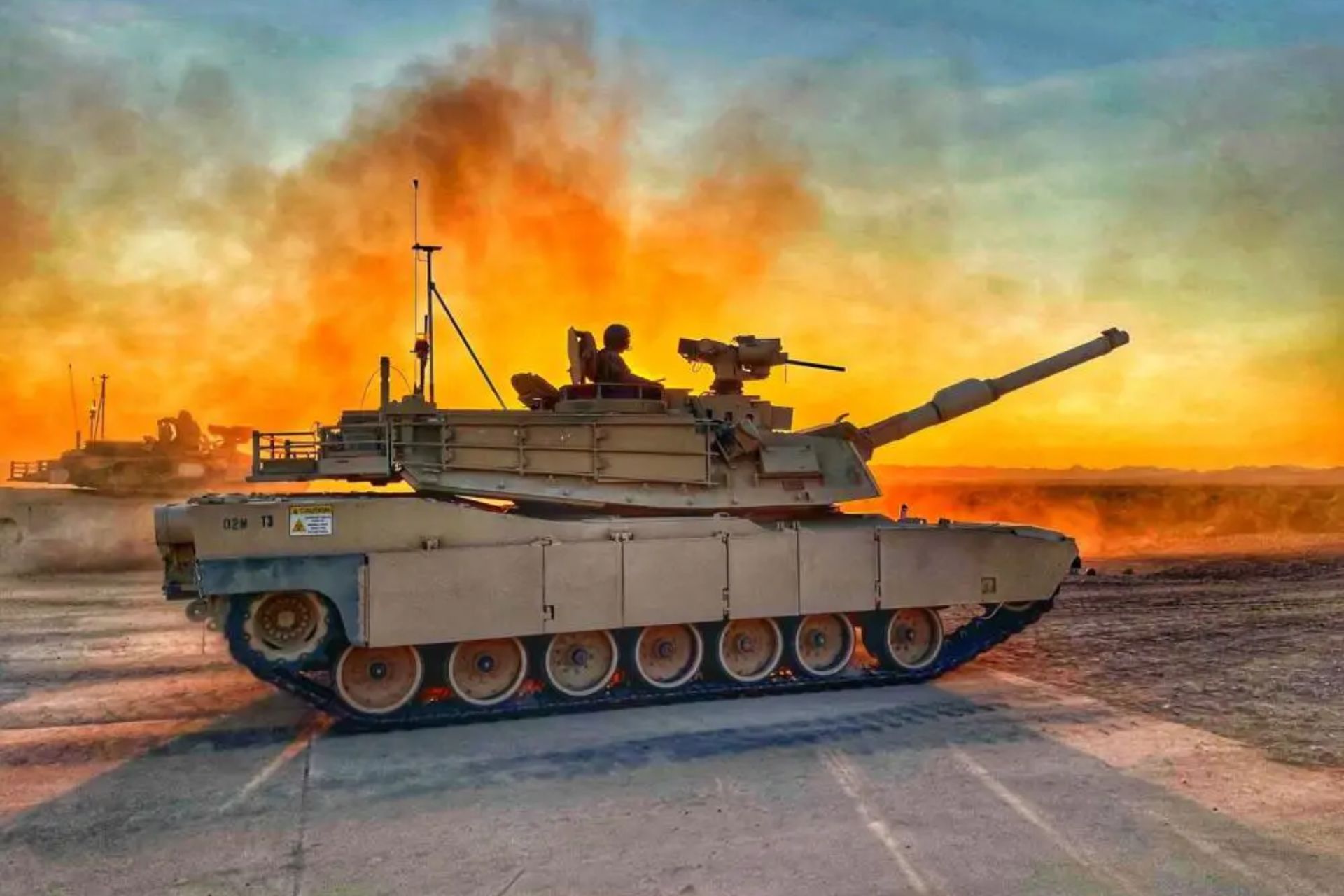Breaking News
Why Does US Military Have So Many Tanks and how they use it ?.
The U.S. military has about 4,650 main battle tanks, about half of which are in reserve. Unlike many other countries, the U.S. military uses only one type of tank: the M1 Abrams. Currently, the army employs the M1A1 SA, M1A2 SEPv2, and M1A2 SEPv3 versions of the main battle tank. The latter is the most recent version of the tank and the most advanced tank in the world. It was introduced in 2020.
Follow Army Recognition on Google News at this link

US Army M1 during drills (Picture source: US Army)
The latest version of the venerable M1 Abrams is equipped with enhanced networking capabilities, additional protection through extra Explosive Reactive Armor (ERA) mounts, an improved ammunition data link that allows the tank to fire the most advanced munitions available, additional electrical power from an auxiliary power unit, and reduced maintenance requirements.
Although a new upgrade of the System Enhancement Package (SEP) is in preparation (this will be the SEPv4), the Pentagon recently decided to completely overhaul the army's M1 Abrams fleet and introduce a new version of the tank, the M1A3. This decision was primarily motivated by the lessons learned from combat in Ukraine, where main battle tanks play a significant role in offensive and defensive operations.
The U.S. Army has thousands of armored support vehicles, such as the venerable M2 Bradley and the new M10 Booker, designed to fight alongside the main battle tanks and achieve superiority on the battlefield.
Reserve tanks can become operational if necessary after various degrees of maintenance. Although the army is the only branch to use main battle tanks, this has not always been the case.

The Case of the Marine Corps
It's interesting to note that the United States Marine Corps also used main battle tanks until recently. In 2020, the Marine Corps officially deactivated its armored battalions. They transferred their approximately 450 M1 Abrams main battle tanks to the army, some of which eventually ended up in the service of the Ukrainian army.
This decision was highly controversial and provoked the anger of many officers and former officers of the Marine Corps. The main reason for this opposition was that the Marine Corps now depended on the army for armored support in the event of a conflict, thus losing some of its independence.
The counter-argument that influenced the decision was that the Marine Corps needed to return to its expeditionary role and be as light as possible, without being burdened by logistical concerns related to supporting a larger tank field than that of the entire British army.
Both arguments are valid. The army, of course, is happy to be the only branch to use tanks.
Doctrinal Point
The doctrine for using tanks is similar across all NATO nations, however, the United States pushes the breakthrough doctrine a bit further. Indeed, for NATO, the battle tank is the argument for destruction that should not be frontal at enemy positions but ambushed to quickly destroy while minimizing losses on its side. The battle tank is used, for a majority of national doctrines within NATO, for indirect combat actions, requiring a very great power of destruction. However, the Americans, who will use the tank as the cornerstone of their use of the armies, have been observed in recent American interventions, that the use of tanks is not integrated with lighter units as is the case in France, for example, but is indeed used in complete battalions and in frontal action. Moreover, the battle tank is used for the purposes of force presence to maintain controls and a deterrent presence in areas under American control, as was the case in Iraq, for example.


























